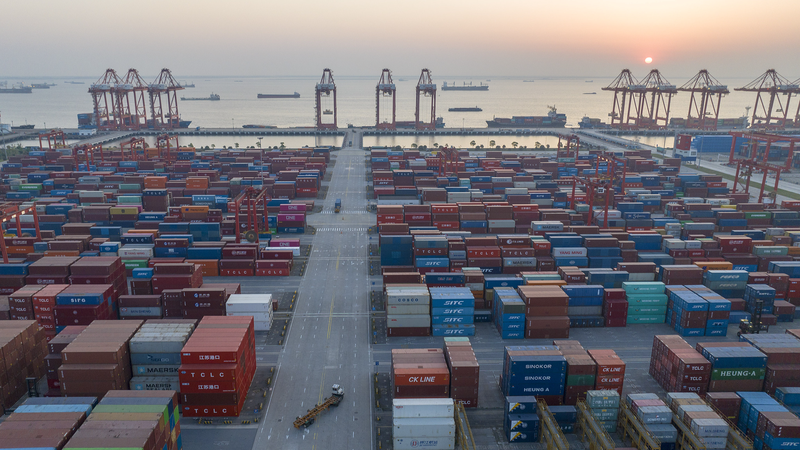On May 2, 2025, the United States officially ended its duty-free treatment for small parcels valued under $800 from the Chinese mainland and the Hong Kong Special Administrative Region. This shift sharply drove up cross-border e-commerce logistics costs, posing a critical challenge for small and medium-sized foreign trade enterprises that rely on direct shipping.
The US Tariff Shift and Its Impact
With logistics fees surging, many exporters faced shrinking margins and uncertain futures. In response, China’s Ministry of Commerce has kicked off a nationwide effort to weave domestic and international trade into a cohesive strategy. Internet platforms, retail giants, livestream e-commerce operators and foreign trade firms are joining forces to navigate the new landscape.
Pivoting to the Domestic Market
China’s vast domestic market offers exporters a vital safety net. Platforms like Alibaba, JD.com and Meituan have rolled out "premium export products" channels, creating hybrid online-to-offline hubs that fast-track foreign trade enterprises into home consumers’ hands.
To smooth this transition, e-commerce platforms are sharing real-time sales data and tailored analytical reports, helping businesses identify high-potential product categories and avoid missteps. They also provide end-to-end support—from storefront design and brand storytelling to integrated marketing campaigns—to strengthen brand presence at home.
Looking Ahead
As exporters adapt, this shift underscores the power of market agility and digital innovation. For global entrepreneurs and young professionals, the lesson is clear: stay nimble, leverage big data and tap into local consumer trends to turn challenges into growth opportunities.
Reference(s):
Chinese foreign trade enterprises respond to US "reciprocal tariff"
cgtn.com




